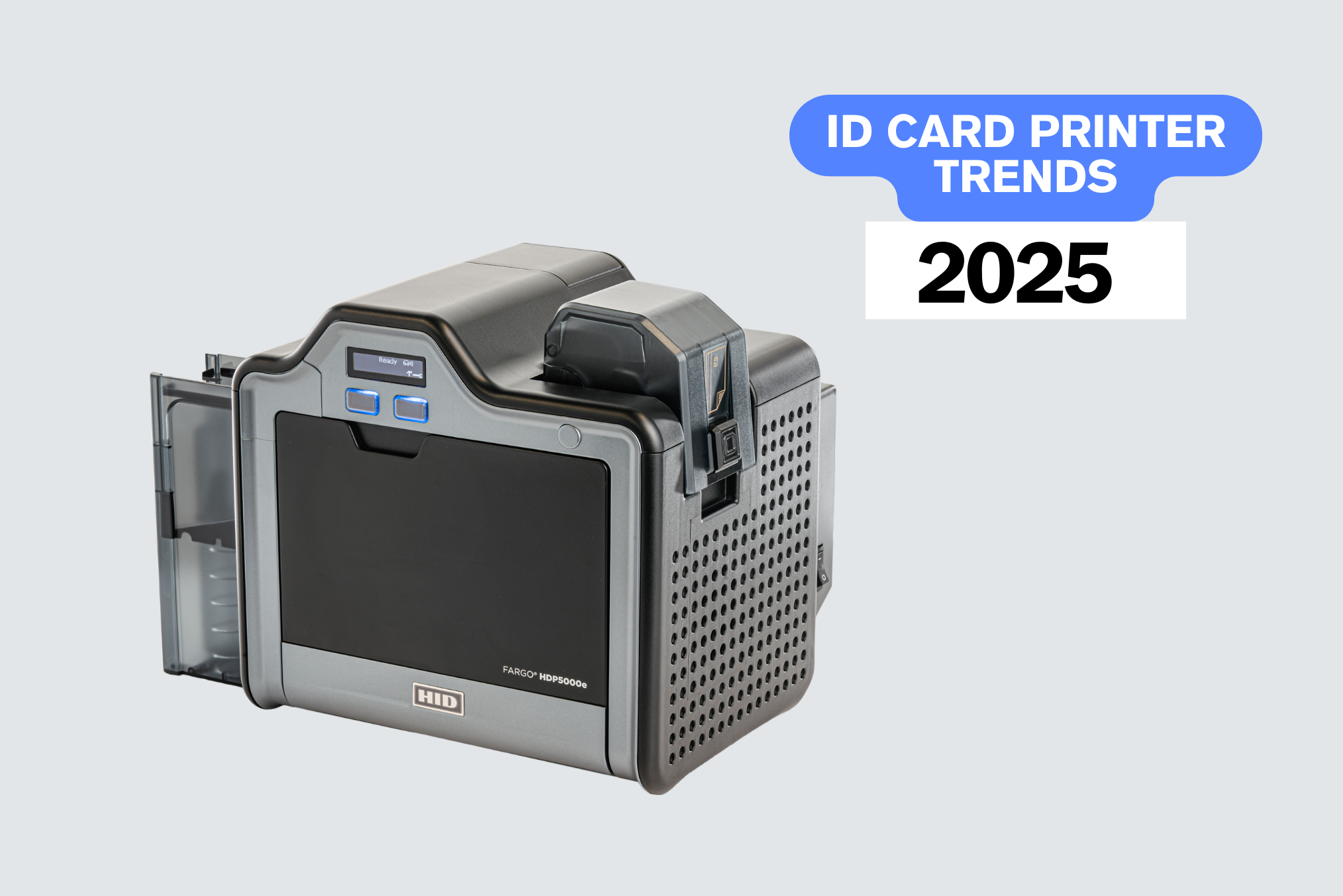COVID-19 has changed our priorities. Many businesses – ourselves included – have implemented increased cleaning regimes as people return to the office. With cleanliness now at the top of the agenda, people are considering what the top office bacteria hotspots are.
With this in mind, we decided to have a little experiment. From the 1st to 15th July, we took a range of swabs from everyday office items to see just how much bacteria we found – despite regular cleaning.
It was a bit of a shock to see that despite what we considered to be intensive and regular cleaning, all the items we took sample swabs from were swarming with microbes. Not all bacteria is harmful of course, but it really highlights how crucial it will be to improve cleaning habits in the workplace.
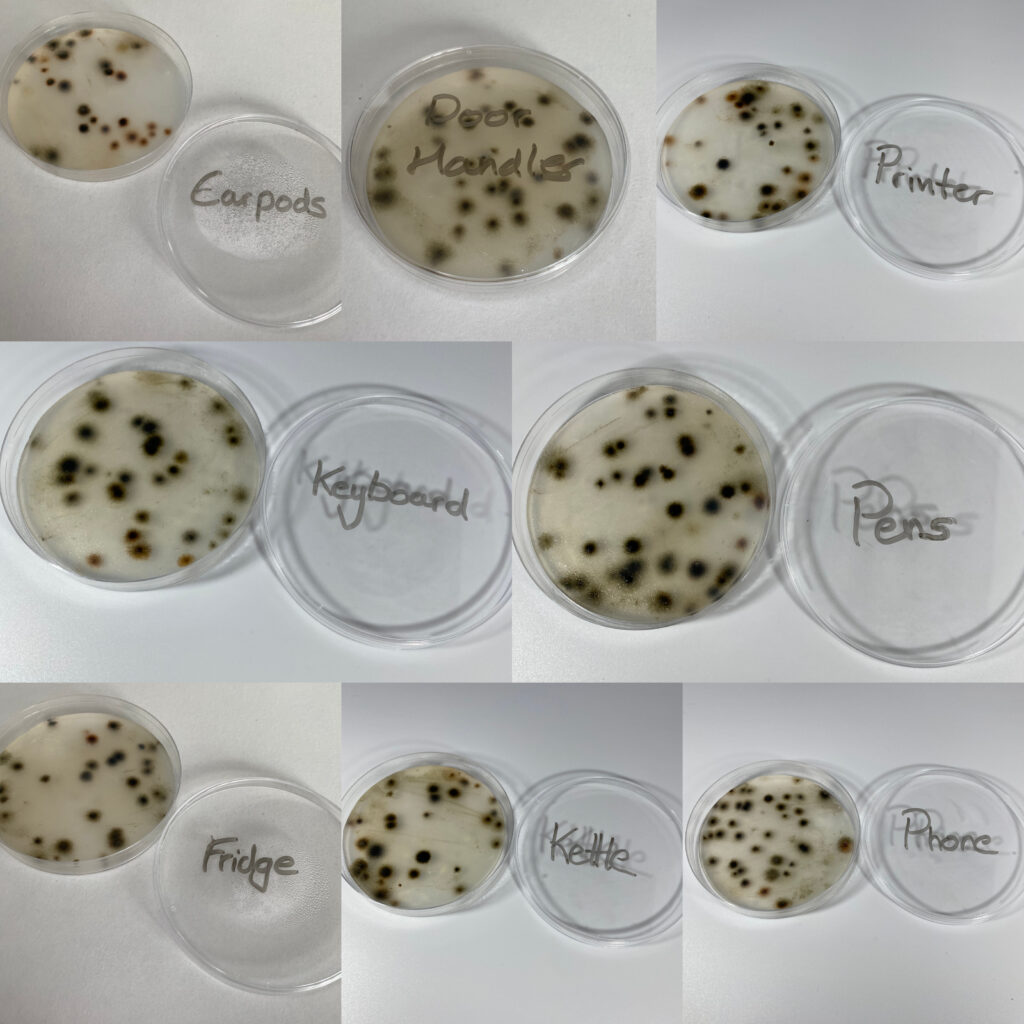
Top office bacteria hotspots include…
- Door handles
- Paper and ID card printers
- Telephones
- Keyboard and mouse
- Stationary
- Ear pods
- Fridge
- Kettle
But what were the worst offenders for picking up bacteria and microbes?
1. Door handles
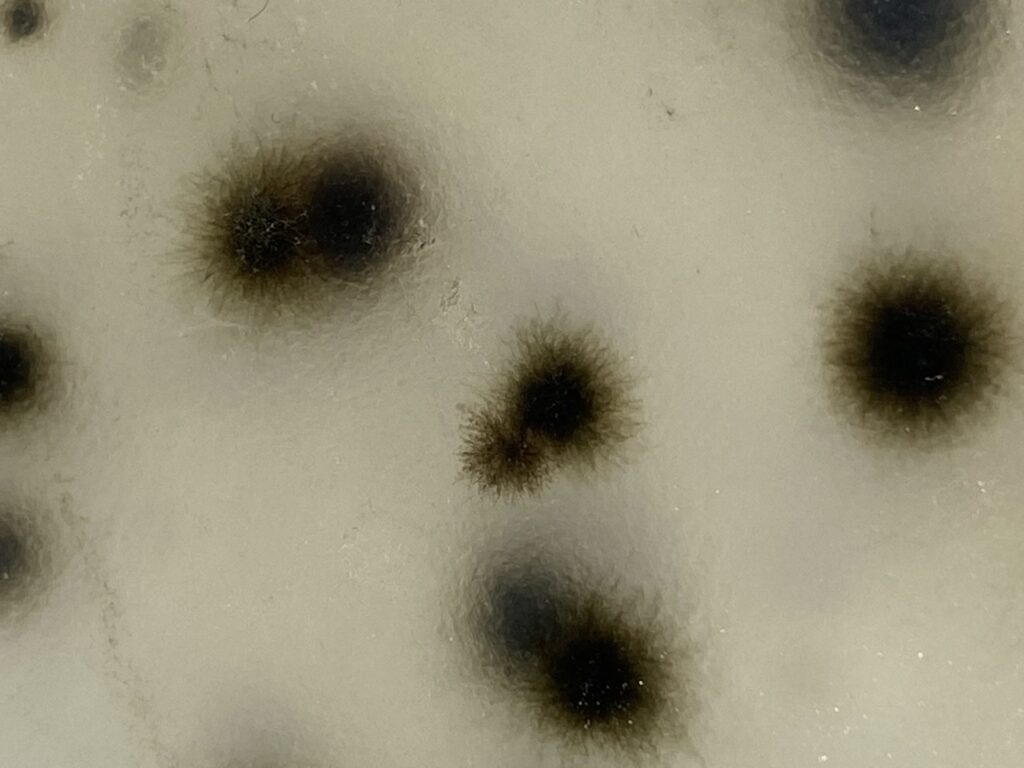
Read more: How to clean your ID card properly
Door handles are the most common touchpoints in the workplace and, given their shared use, precautions should be taken. While many factors determine the amount and growth of bacteria, the fact most door handles are made of stainless steel makes them a real risk: Germs can survive on these metal surfaces for hours, days and in some cases, weeks!
Simply propping doors open introduces all sorts of other security risks and is not a solution we would advise. Regular cleaning combined with updated access control protocols and procedures should be implemented to ensure all stainless handles remain bacteria-free, although to really ensure microbes are not passed on from person to person, our anti-microbial door opening card holder is a fantastic tool in the current climate.
2. Stationary
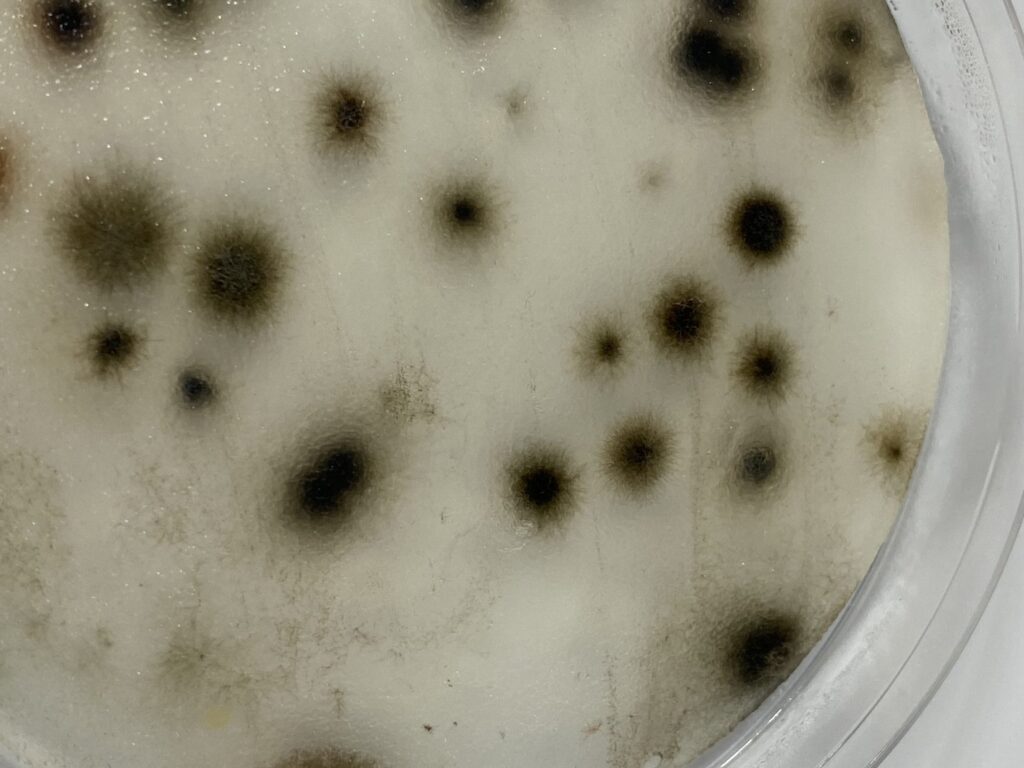
It’s another obvious one really, and certainly no surprise; stationery is among the most commonly touched items in your typical office. Everyone’s been guilty of borrowing someone’s pen or highlighter at one point or another, haven’t they?
Think about the last time you shared a pen with someone, or even put a pen in your mouth…. You may want to think again before doing it in future. Check out the bacteria we picked up on one of ours! Hand sanitiser or soap and water are the best things to keep those microbes in check.
3. Phones
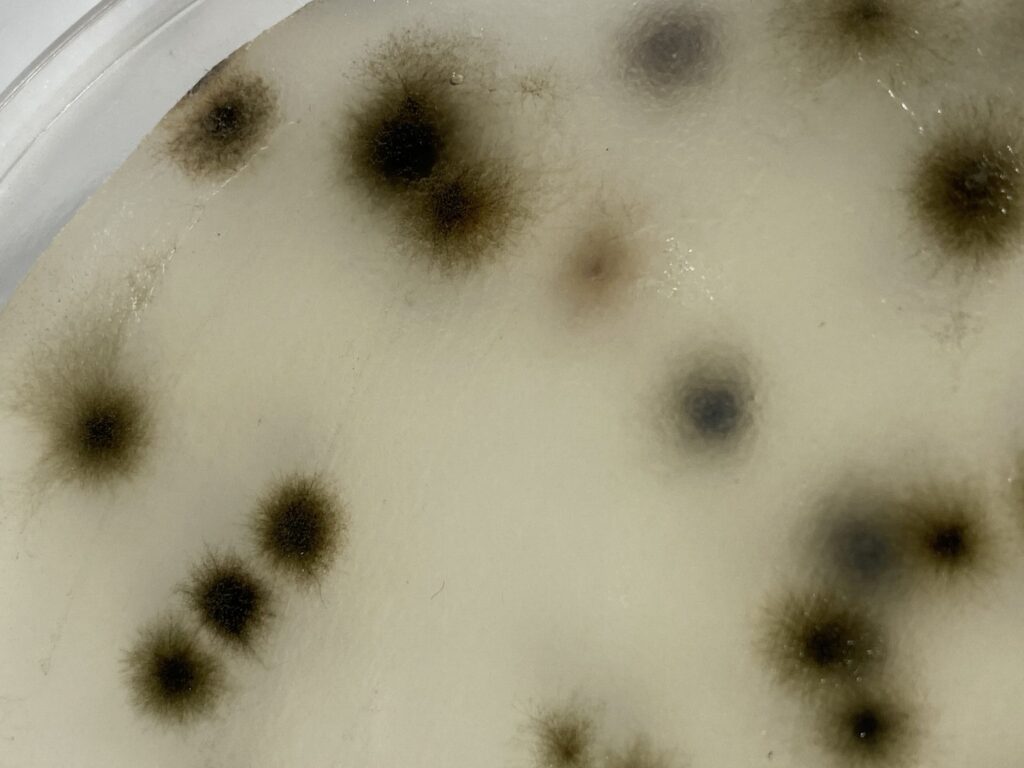
Related: 4 post-COVID-19 assumptions employers should avoid
How often do you pick up the office telephone? If you’re away from your desk, does your colleague pick it up instead? Well, you might want to think twice after taking a look at this photo.
Again, it’s not really a surprise that a device that comes into close contact with your mouth and ear is full of bacteria. Most of it will be harmless, but just like viruses, some can potentially make you very ill. Talking of which?
What types of bacteria are most common in the office?
Particularly with pens and phones, the bacteria seen is more circular or irregular in style, with many strands having a convex elevation and a filamentous margin. But what are the most common types, and how do they make you ill?
Streptococcus
Wondered where the illness Strep throat originates? It’s usually thanks to Streptococcus. This bacteria is known to cause respiratory illnesses; however, in extreme conditions, it can lead to skin infections and blood infections such as sepsis.
Staphylococcus
Staphylococcus bacteria can cause boils, impetigo, food poisoning, cellulitis, and even toxic shock syndrome.
How are businesses adapting post lockdown?
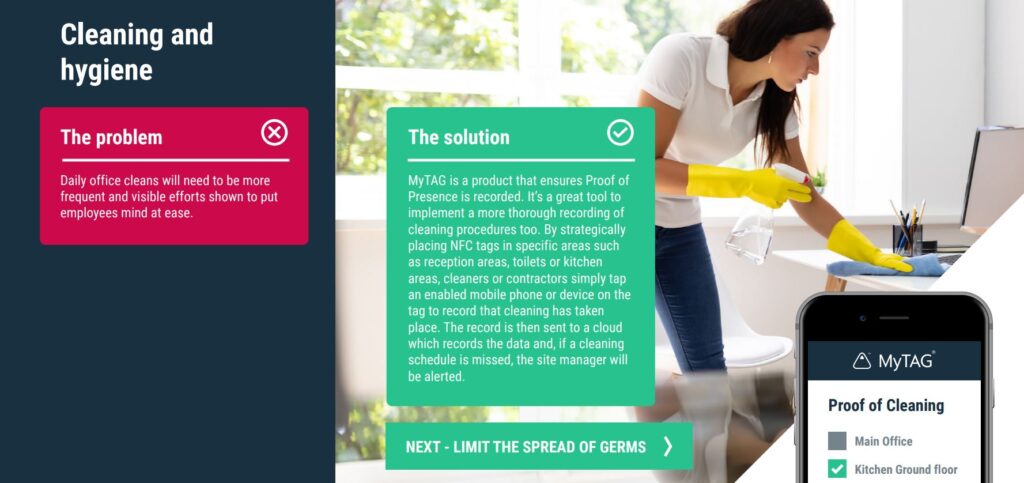
Click here for all our COVID-19 supplies
The findings clearly show that the cleanliness of our office areas and equipment is vital (now more than ever) and we’re continually putting ourselves at risk in not cleaning or replacing these items, even in the short span of a couple of weeks.
Increased cleaning cycles – and ways you can record them – are detailed in our Return to Work e-book. This handy guide has several pointers and solutions for businesses and offices looking to adapt post-COVID-19.



